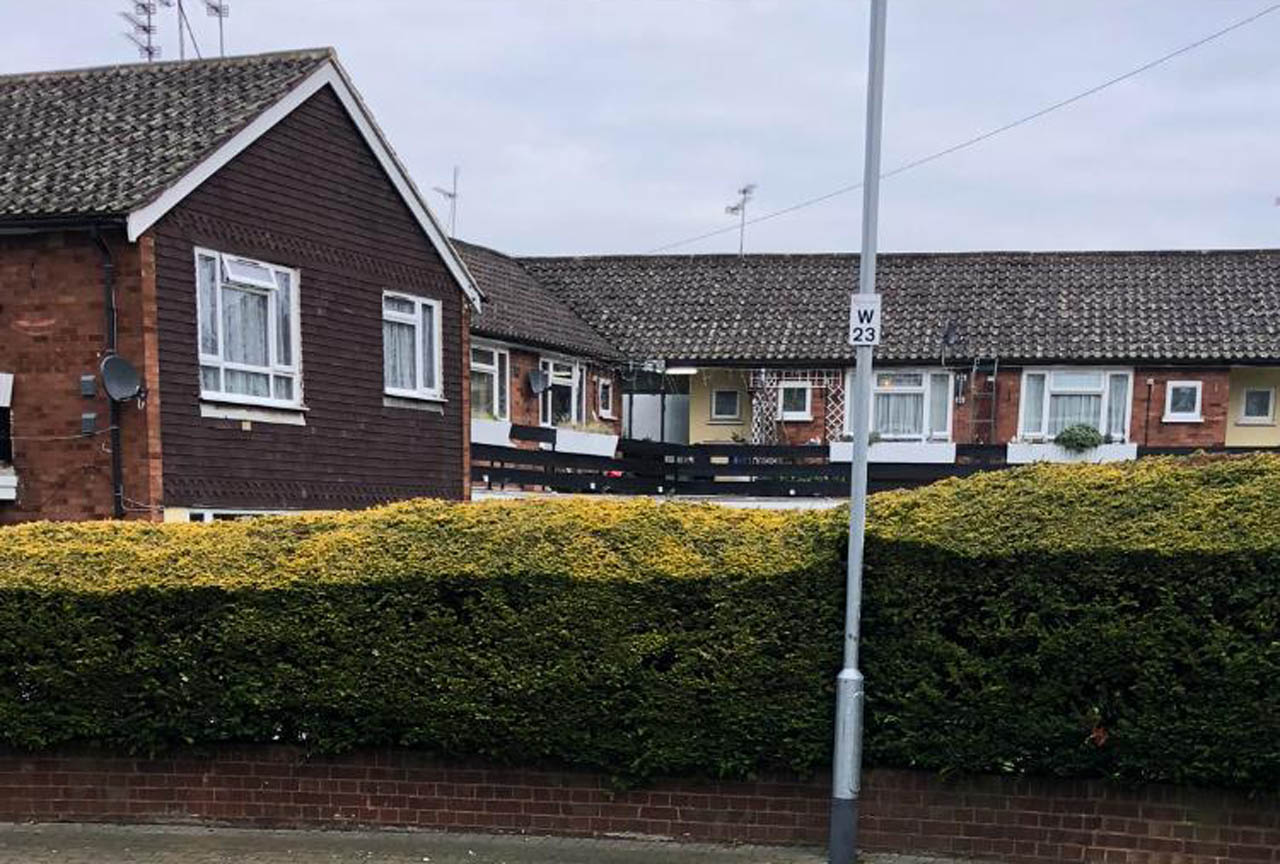
Barking & Ilford United Charities boasts a profound legacy of over four centuries of caring for the poor and vulnerable. Our story began in 1614, with a bequest from John Wilde, a local resident of Barking, who left a tenement to provide rent-free housing for two of the parish’s oldest and most impoverished residents. Wilde’s will, dated 5th October 1614, is preserved in the parish of Edmonton, and it remains a cornerstone of our charitable work. The bequest specified that the two most ancient and poor people of Barking would dwell in this tenement freely, with no rent to pay—a significant act of generosity that set the foundation for our long-standing commitment to community care.
Even before Wilde’s gift, the community’s efforts to care for the poor can be traced back to the medieval period. The House of St. Lawrence Spittal, located in East Street, was a medieval lazar house, a religious institution and hospital for the care of lepers, situated on the edge of town. This medieval foundation served as a place of compassion and healing, much like the almshouses that would follow. Alongside the Spittal was the chapel of St. Nicholas, both located within the precincts of Barking Abbey, serving the spiritual and physical needs of the community.
The Barking Workhouse Act of 1786 formalised the charity’s administration, appointing six directors of the poor to oversee charitable activities, including the almshouses. These directors, including notable local figures like the Rev. Peter Rashleigh and Bamber Gascoyne of Byfrons, were tasked with ensuring that almshouses and other charitable activities provided vital relief to the poor.
By 1835, the almshouses were a familiar sight on East Street, also known as Bull Street. They housed four rent-free rooms occupied by elderly women, with repairs funded through a dedicated donation account. The original almshouses stood until 1879, when they were sold, and the proceeds were used to build new ones on a nearby site. These new almshouses, completed in 1880, were supported by voluntary contributions and funds from the accumulated charities.
However, by 1893, the condition of the almshouses had deteriorated, with 17 of the 22 residents relying on parish relief. This situation necessitated further intervention, and in 1908, Barking Urban District Council contributed to vital sanitary improvements.


In 1963, a new chapter began with the construction of modern almshouses on Church Road, Barking. These new facilities, comprising 18 flats, a warden’s flat, and a recreation room, were designed to meet contemporary needs while continuing the charity’s historic mission of providing safe and dignified accommodation for the elderly and vulnerable.
Today, Barking & Ilford United Charities honours the spirit of John Wilde’s original bequest, continuing to offer rent-free, supportive housing to those in need. Our rich history, rooted in acts of compassion and community support, drives us forward as we adapt to meet the challenges of modern society, ensuring that our almshouses remain a beacon of care for future generations.